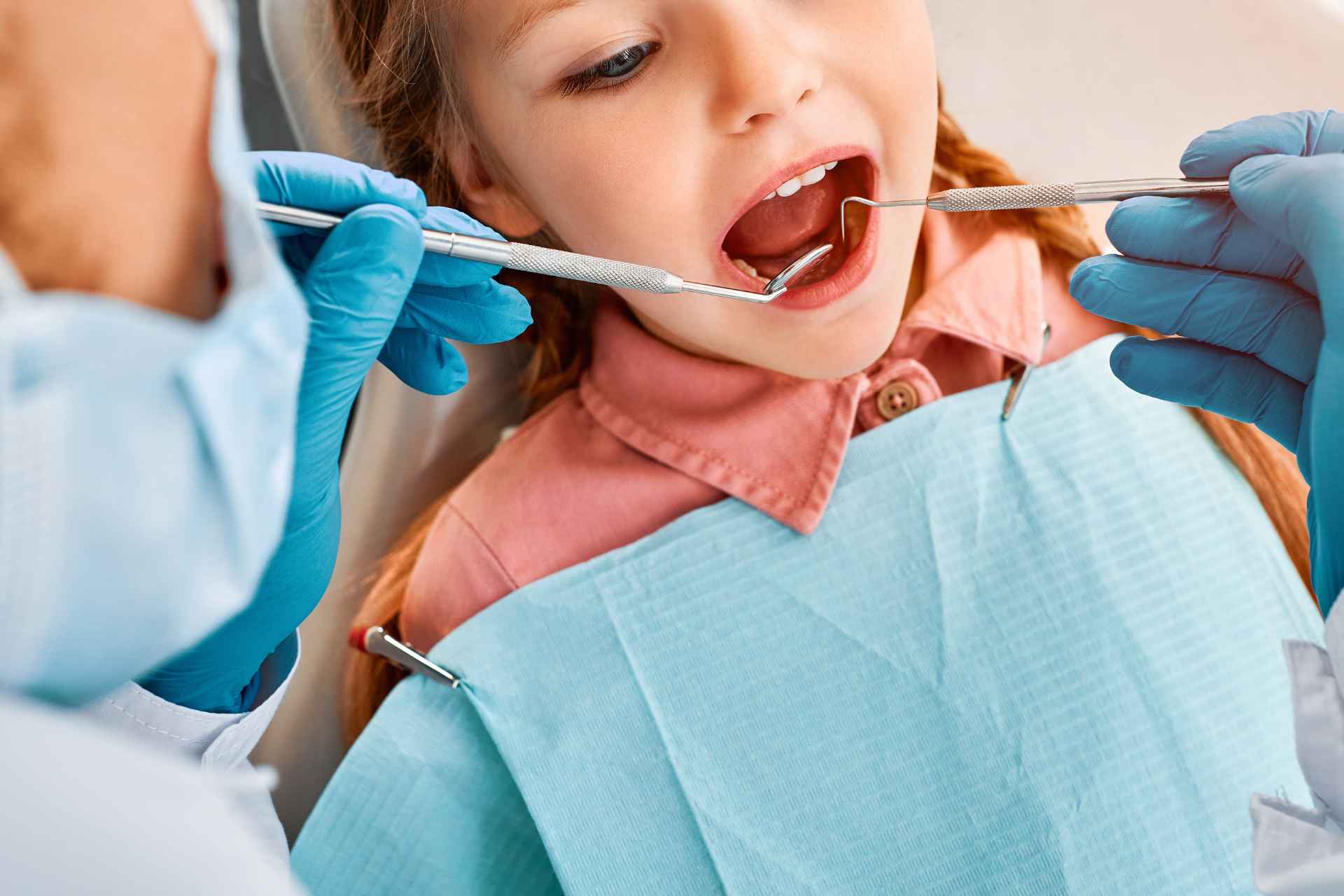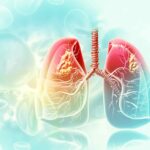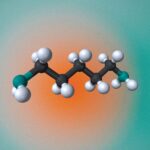Early childhood caries—a serious form of tooth decay—is a common condition in young children, affecting nearly half of children worldwide. By analyzing the oral microbiota from saliva and plaque, researchers have now developed a model that can tell which children are at risk of developing early childhood caries, even before symptoms appear.
The findings, published in Cell Host & Microbe, suggest that tracking the mouth microbiota can help identify ECC risk early and inform prevention strategies in children. The tool, the authors say, “can potentially serve as an objective, sensitive, and patient-friendly measure of ECC susceptibility.”
Scientists have long been trying to use the mouth microbiota to predict ECC, but current methods are often unreliable, especially for predicting new cases in young children. This is because they don’t fully consider how oral bacteria change over time or differ between areas.
Over two years, researchers led by Fei Teng at Sun Yat-sen University in Guangzhou, China, tracked changes in oral bacteria from saliva and dental plaque of 50 children to understand how these microbial communities develop and respond to tooth decay.
Microbiota development
The children were divided into three groups: those who stayed healthy, those who developed cavities during the study, and those whose cavities worsened. The researchers found that as healthy children aged, their oral microbiota matured in a predictable way, especially in plaque.
However, children who developed ECC had a disrupted or delayed microbial development. The findings, the authors say, suggest that tooth decay interferes with the normal development of oral bacteria.
Using machine learning, the team identified specific bacteria that indicate a child’s “microbiota age,” and found that children with ECC often had younger or less mature microbial profiles than their healthy peers.
Spotting decay
The researchers also found that the biggest shift in oral bacteria happens when caries first appear. After this initial change, the bacterial community tends to stabilize, even if the cavities get more severe.
Using these bacterial changes, the team built a predictive model that can identify children at risk of developing caries before symptoms appear, mainly by looking at specific groups of bacteria, such as Prevotella, in both plaque and saliva. The model showed good accuracy in predicting which kids would develop ECC, the researchers found.
The results show that “caries onset in apparently healthy teeth can be predicted using microbiota,” the authors say. The findings, they add, not only offer a new way to spot tooth decay early but also highlight how tracking mouth bacteria over time can improve understanding and prevention of oral diseases.









